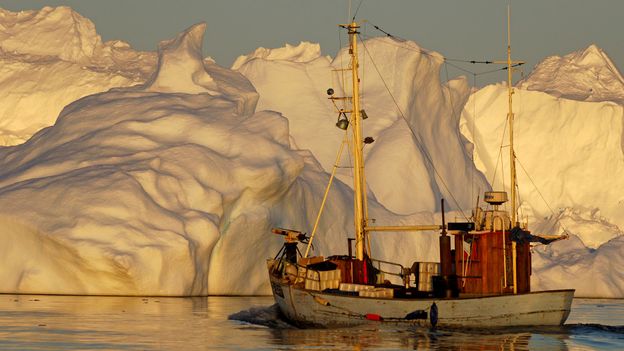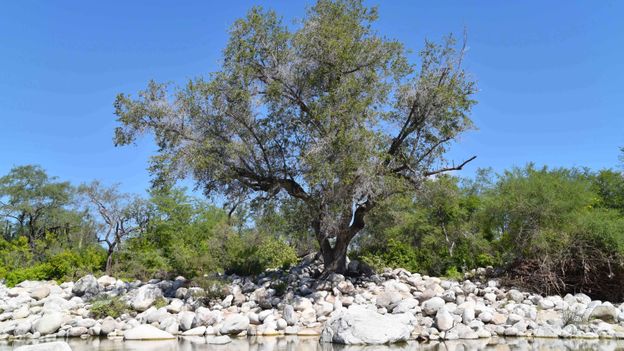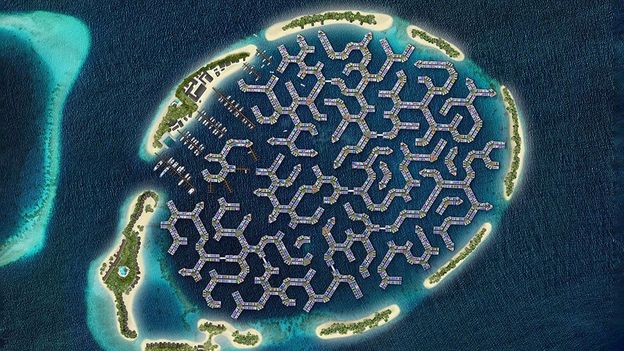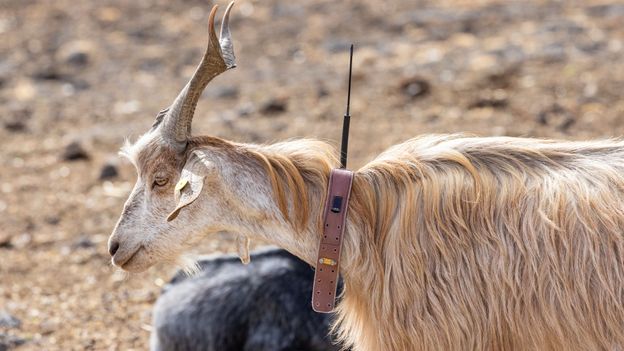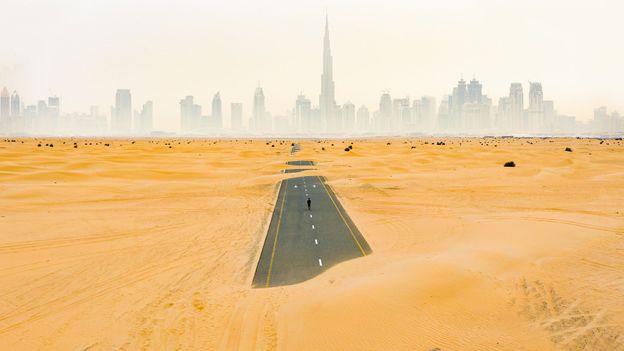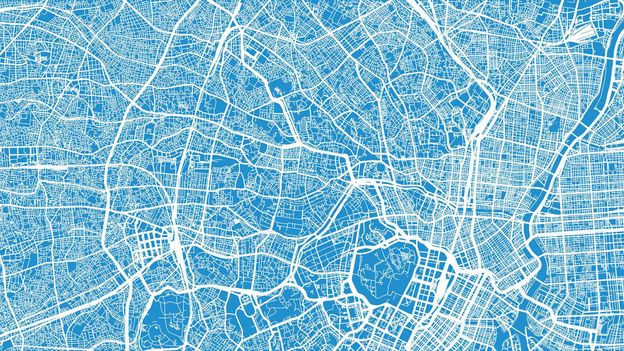For one, Mark Serreze, a climate scientist who directs the US National Snow and Ice Data Center at the University of Colorado, Boulder, wonders whether they’ll work as intended. “If you put down the silica beads in an area of fast-moving ocean currents, notably the Fram Strait, they will be quickly dispersed,” rendering them ineffective, he says.
The proposal also raises financial questions, like who would foot the approximately $1-5bn (£800m to £4bn) annual bill for making, shipping, testing and distributing the necessary silica beads in the Fram Strait. It may be an eye-watering figure, but it starts to look small next to the estimated $460bn (£360bn) that the United States incurred in extreme weather and climate disasters between 2017 and 2019 alone, Field notes.
Researchers are exploring the feasibility of other geoengineering approaches to save the melting Arctic, but none come without problems. One, for instance, would entail building millions of wind-powered devices to pump water from the deep to the ice surface in order to build up thicker layers of ice – which is energy-intensive and might not be very effective, Bitz says. She and Serreze view such approaches as stop-gap solutions to climate change, in that they only treat single symptoms – in the case of silica dust, temperatures – while doing nothing about the root cause of it. If Field’s strategy works as intended, “that’s wonderful,” Bitz says, “but I know that not emitting CO2 in the first place will work.”
Field agrees that geoengineering is in no way a replacement for reducing carbon emissions. Rather, she sees it as a chance to buy the time needed for world economies to decarbonise and stave off the worst impacts of climate change. The silica beads, she says, are “the backup plan I hoped we’d never need”.
—
The emissions from travel it took to report this story were 0kg CO2. The digital emissions from this story are an estimated 1.2g to 3.6g CO2 per page view. Find out more about how we calculated this figure here.
—
Join one million Future fans by liking us on Facebook, or follow us on Twitter or Instagram.
If you liked this story, sign up for the weekly bbc.com features newsletter, called “The Essential List”. A handpicked selection of stories from BBC Future, Culture, Worklife, and Travel, delivered to your inbox every Friday.

